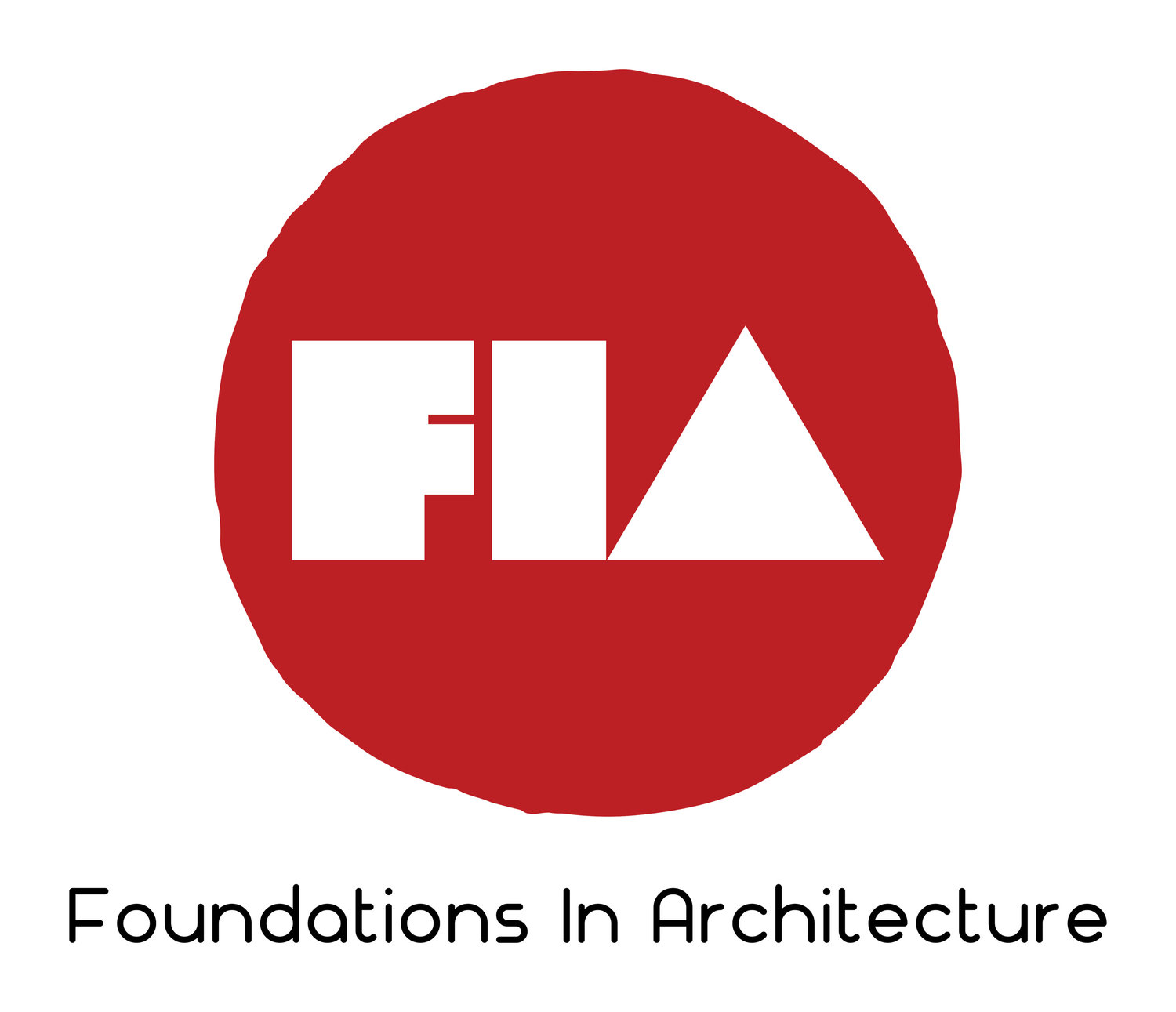Reading in Story of Architecture
Pages 44-51
Take note of all the various forms of Romanesque architecture.
Fred Dibnah examines the chain of castles along the North Wales coast, and the achievements of the architect who helped revolutionise castle design in England.
Your Paper Castle
Your project for the the next two weeks is time consuming.
Cut & Assemble a Medieval Castle: A Full-Color Model of Caernarvon Castle in Wales
You will need to take your time and carefully cut out the pieces. As you cut out the pieces make sure you organize them and not mix. Follow the minimal directions the best you can. If you cut a piece wrong just tape it. Use the double-sided tape for the folding pieces and anything you might have that is helpful. Get all the help you can.
The main issue is not to give up. The end product is wonderful.
Cathedral Terms
Architectural Terms for the cathedral:
Ambulatories/ Cloisters
Arcade
Choir
Clerestory
Nave
Norman
Ribbed Vault
Transepts
Triforium
As you read through your books start taking note of special terms. One of the main objectives of architectural history courses is being able to identify the components of buildings. So identify and continue to point out on all the buildings you see.
Parts of a Castle
Bailey- An area where people work and access the castle. Also called a courtyard.
Battlement- A narrow wall built along the outer edge of the wall walk to protect the soldiers against attack.
Belfry- A tower used to attack tall walls or used to hold a bell.
Daub- A mud or clay mixture applied over the wattle to strengthen and seal between timbers.
Finial- A decorative element used at the top of the merlons.
Half-Timber- The most common form of middle ages construction which walls were made of a wood frame filled with wattle and daub.
Hall- A main space in a castle for large groups of people.
Merlon- The high segment of the alternating high and low portions of a battlement.
Moat- A ditch around a castle full of water to protect the castle from invaders.
Mortar- A mixture of sand, water, and lime used to bind stones together.
Palisade- A sturdy wooden fence built in enclose a site until a permanent wall can be constructed.
Section- A cut of a drawing showing a part of the interior of a building.
Truss- A timber frame covering the great hall of open spaces in a structure.
Turret- A small tower rising above and resting on one of the main towers, usually a lookout point.
Wattle- A mat of woven sticks and weeds.
Physics of Stone Arches
By Melissa Salpietra
Medieval architects were masters at building with stone. But as cathedral design evolved, some medieval architects began to push beyond the boundaries of known structural design and into unknown territory. With the pursuit of taller and taller cathedrals, any errors could lead to catastrophic collapses. In this interactive, try your hand (safely) at constructing a cathedral arch and learn more about the physics behind the arch.
Click the link below. Make sure you review the link Arches 101 at the top of the new page.
http://www.pbs.org/wgbh/nova/assets/swf/1/arch-physics/arch-physics.swf



